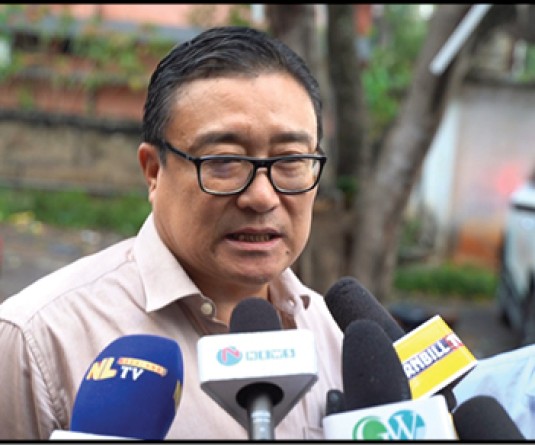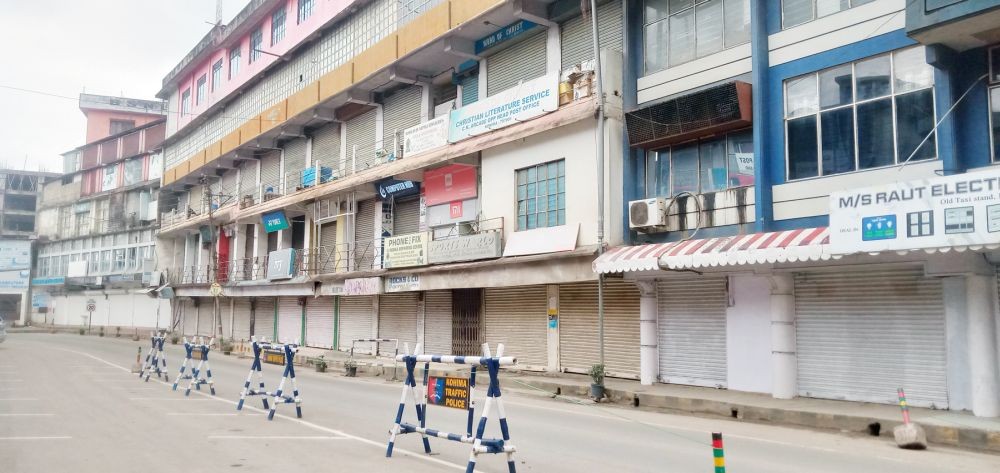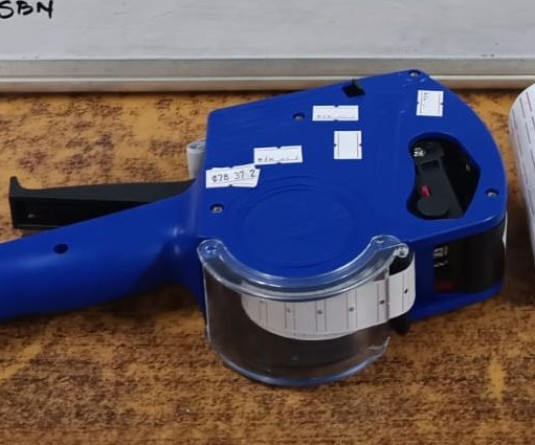
Morung Express News
Kohima | April 25
With joint efforts of the government and the community, Nagaland has seen a decline in the prevalence of malaria cases which has dropped down to 828 with zero deaths in 2016, in comparison to the 1527 cases and three deaths in 2015.
This positive development was informed by the National Vector Borne Disease Control Program (NVBDCP), Nagaland (Directorate of Health and Family Welfare) on April 25-World Malaria Day- themed ‘End Malaria for Good’.
All the districts in Nagaland observed the day through awareness and sanitation drives where ten villages with high prevalence of Malaria has been selected. A brief epidemiological profile of malaria in Nagaland indicated the improvement over the last five years in Nagaland wherein 3363 malaria cases were detected in 2011, followed by 2891 cases in 2012, 2285 cases in 2013 and 1937 cases in 2014.
The districts which have seen a decline in malaria cases are Wokha, Phek and Mokokchung. Longleng district which continues to have the highest prevalence rate in Nagaland has seen major improvements in 2016 with an Annual Parasitic Incidence (API) of 1.4 compared to its previous rate of 3.05 and 3.67 in 2014 and 2015 respectively.
“As ambitious a dream as it may sound, the goal of malaria elimination from the State can be translated into reality through effective partnerships from line departments, involvement of communities and stakeholders to help achieve this goal,” stated Dr. Kevichüsa Medikhru, Joint Director, State Program Officer, NVBDCP. He highlighted the visions of the program to eliminate malaria in Nagaland State by 2030.
The involvement of other intersectoral departments like Urban Development, Agriculture, Public Health Engineering, Work and Housing, Municipals, Fisheries, Education, NGOs, private health providers etc. is pertinent to end malaria. However, the most crucial role is the participation of the community, asserted Dr. Medikhru.
Under the framework of the WHO, the NVBDCP India has framed a National Malaria Elimination Program to commit itself towards a malaria free country by 2030. All the States and Union Territories have been grouped in one of four categories based on their malaria burden that is Category 0 (prevention of re-establishment of phase), Category 2-elimination phase (those areas which have an API below 1/1000 population at risk), Category 2-Pre-elimination (areas which have more than 1/1000 API), and Category 3-Intensified control phase. Nagaland State falls under Category 2 which includes an API of 1/1000 population at risk, with some districts reported to have an API of 1/1000 or above.
High prevalence of malaria in foothill and poverty-stricken areas
The NVBDCP also mentioned that the prevalence of malaria is high in foothill areas which have a huge number of migrant laborers in poor and hygienic living conditions, in mining, road construction, rubber plantation areas. Further, it has been detected among farmers, jhum cultivators, plantation workers and hunters. Malaria is also known as the disease of the poor, informed Dr. Medikhru, where the poor living under poor shelter and health are often the victims, citing slum dwellers especially in Dimapur.
In order to achieve the elimination goal the NVBDCP, Nagaland informed that it is putting efforts to provide effective diagnostic tools (bivalent RTD), drugs (ACT), improved protective measures like Long Lasting Insecticidal Nets and logistic support i.e. mobility, manpower. Besides the elimination program, the program is also involved in the International Cross Border, informed Dr. Medikhru, where they are making sure that Malaria does not spread in India and vice versa. The four districts with international border are Kiphire, Phek, Longleng and Mon.
Despite the limited number of health workers in Nagaland working towards the elimination of Malaria, Dr. Medikhru informed that Nagaland has witnessed major improvements. The biggest factor has also been the LLIN/bed nets provided by the Global fund through Government of India where a total of 9,14,000 bed nets were distributed in Nagaland in 2016.




